

The Mastaba of Akhethotep and Ptahhotep II
The mastaba designated D64 is located in the north-west part of the necropolis of Saqqara, to the west of the step pyramid of Djoser.
Double Mastaba of Ptahhotep and Akhethotep in Saqqara
The Double Mastaba of Ptahhotep and Akhethotep is located in the western section of the Necropolis of Saqqara, in the way to the Serapeum. Dating back to the Fifth Dynasty of the Old Kingdom, it is a double mastaba that housed the bodies of Ptah Hotep and Akhti Hotep, who might have been Ptah Hotep's father. Ptahhotep was "the City Administrator" and "First Minister" during the reign of Djedkare Isesi. He is credited with authoring the Instruction of Ptahhotep, an early piece of Egyptian literature meant to instruct the King's son in appropriate behavior. The incomplete scenes on the entrance manifest the way they were made with gridlines measuring the proportionality of the figures. The ceiling in the tomb chamber is made of stones that imitate trunks of palm trees. Among the multiple depictions the mastaba of Ptahhotep manifests are attractively appealing scenes of hunting, fishing, agricultural activities, sports, and offerings.
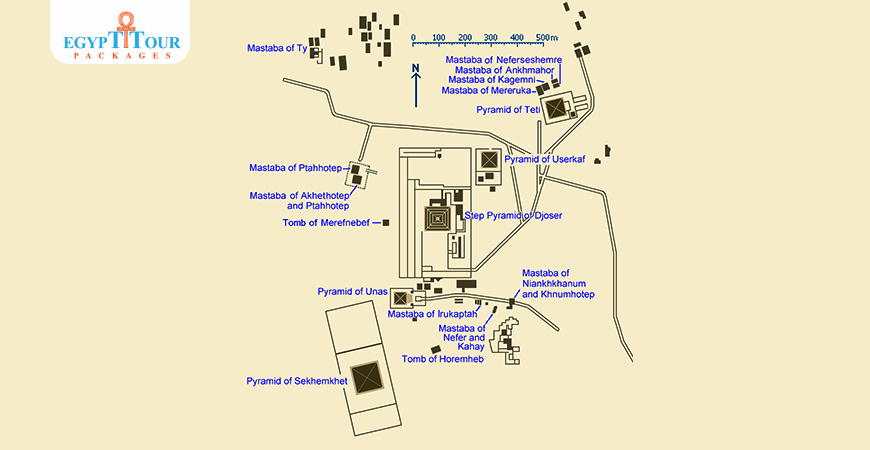
THE MASTABA COMPLEX
the mastaba is remarkable due to the interesting content and beauty of the scenes (often in painted on sculpted bas-relief), than by its architecture, which is usually very simple. It is composed of a superstructure within which is primarily a funeral chapel (the decorated part of the monument), accessible to the living for the purpose of cult worship, and of an infrastructure including a well shaft giving access to the actual burial vault.
Mastaba D64 includes three decorated spaces: two in the name of vizier Akhethotep, the third in the name of his son Ptahhotep.
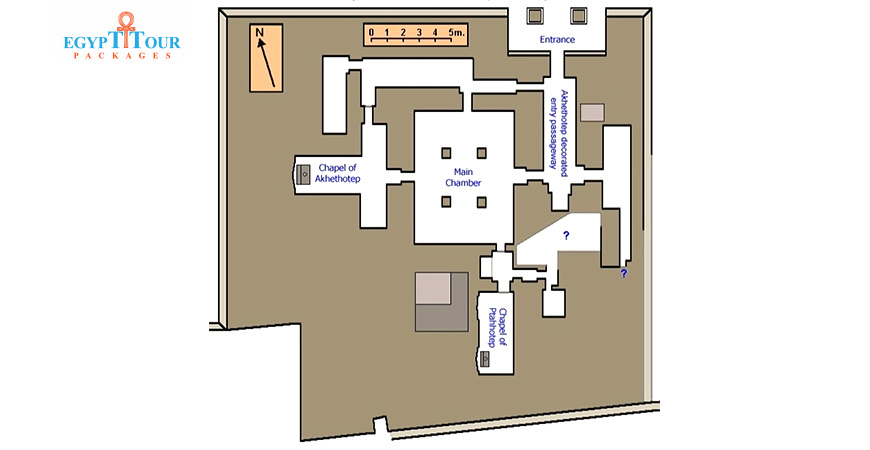
GENERAL DESCRIPTION OF THE MASTABA COMPLEX (Akhethotep)
The entrance to the tomb is on the northern side and consists of a portico with two pillars, leading into a corridor which was incompletely decorated. The damaged remains of the painted walls include scenes of agriculture and fowling, watched by Akhethotep and his eldest son Ptahhotep as a child.The corridor leads into a large hall with four pillars and on the western wall of the hall, a narrow doorway takes us into the chapel of Akhethotep, which is an inverted T-shape. Here the deceased can be seen seated before several registers of scenes showing men bringing papyrus and birds, boatmen jousting, herdsmen and fishermen and men making boats from papyrus. Above the doorway there is a scene of the papyrus thicket, with flying birds. On the end wall (south) there are depictions of offering-bringers and butchers. Only guidelines were sketched onto the unfinished walls. On the western wall of the offering chapel is the false door of Akhethotep which is surrounded by three jambs. Although part of the top of the stela is missing, six images of the deceased can be seen on the lower part (three on each side). The offering chapel also led to a serdab.
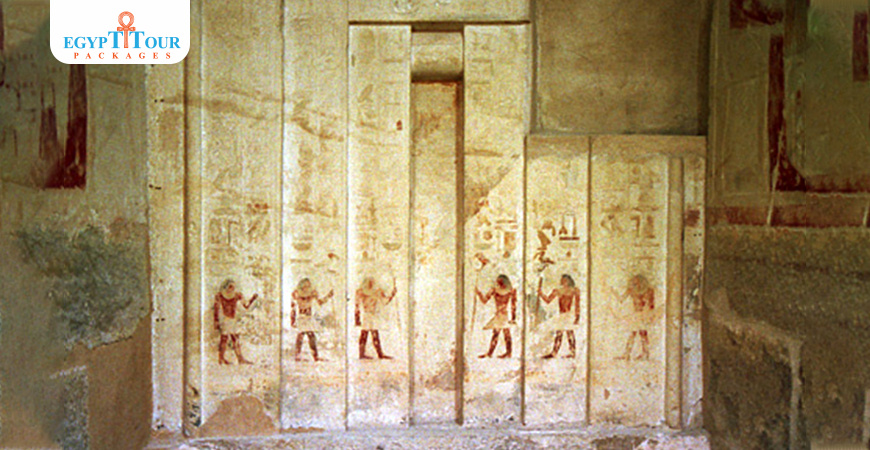
GENERAL DESCRIPTION OF THE MASTABA COMPLEX (Ptahhotep)
On the south-western side of the four-pillared hall is the entrance, through a small vestibule to Ptahhotep’s portion of the tomb. Inside the chapel and partly above the doorway, Ptahhotep can be seen seated while his attendants perhaps bring along his favourite pets, dogs and a monkey. Before him are eight registers including men bringing offerings and paying their respects. There are musicians, including a harpist and a singer, dwarfs making jewellery and scenes of butchers. On the left-hand wall (east) there are several registers of scenes which are often very unusual. They depict colourfully carved images of gathering papyrus, children playing games, hunting in the desert, building papyrus boats and making ropes, and trapping birds and fishing. Ptahhotep and his young son watch over these activities. Many animals are colourfully and realistically portrayed in this tomb – leopards and lions, hyenas, antelopes, desert animals and domestic animals and birds. There are even two porcupines, one of which is eating a cricket. On the opposite wall (west) Ptahhotep has two false doors. The southern stela has a double jamb, is elaborately painted and the deceased is shown on the left side being carried in a sedan chair and on the right side seated in a kiosk. Lists of festivals are shown above the lintel. Between the false doors Ptahhotep, wearing an animal skin, is seated at a table and smelling a perfumed ointment jar. There are offering lists for the deceased and priests and offering-bringers. The northern false door is uninscribed.
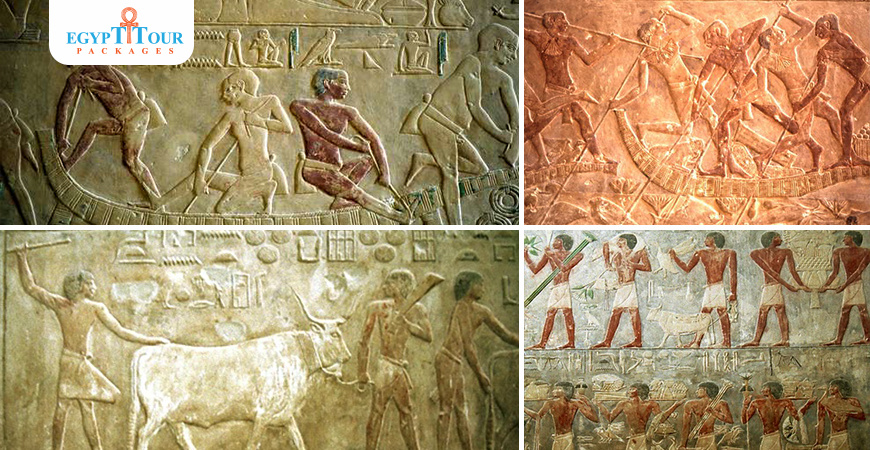
Ptahhotep?s burial chamber
Ptahhotep’s burial chamber contained an inscribed sarcophagus bearing his names and titles. Fragments from intrusive burials from Dynasties fifth and sixth were also found in the tomb. His tomb-chapel is by far the most interesting part of this mastaba and its reliefs are very beautiful with well-preserved colours. Ptahhotep's burial chamber is an important archaeological site because it provides a glimpse into the life and death of a high-ranking official in ancient Egypt. The reliefs in the burial chamber are also important because they are some of the best-preserved examples of Old Kingdom Egyptian art.
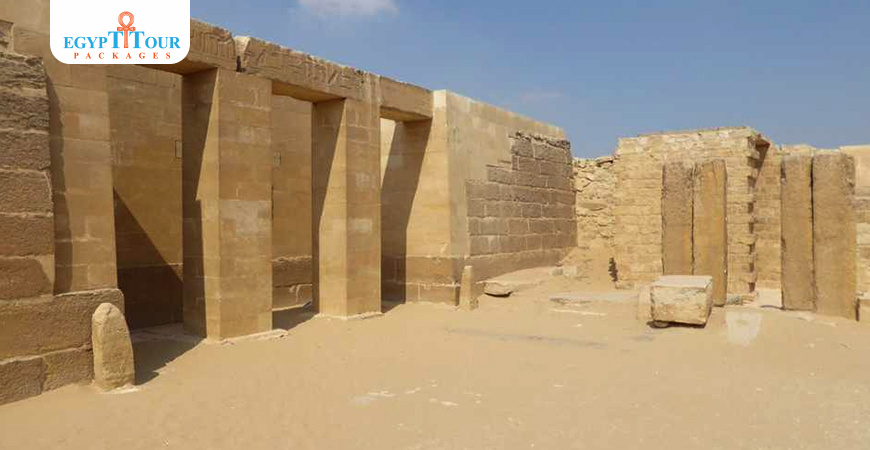
Post A Comment
Your Email Address Will Not Be Published.
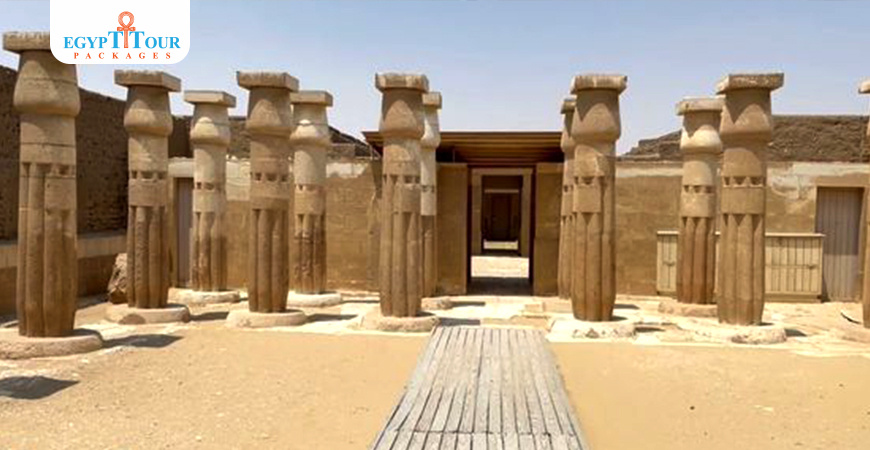


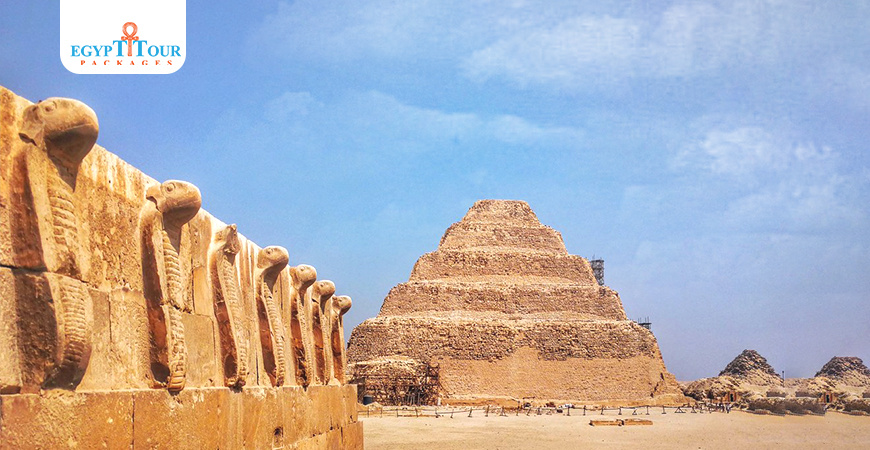







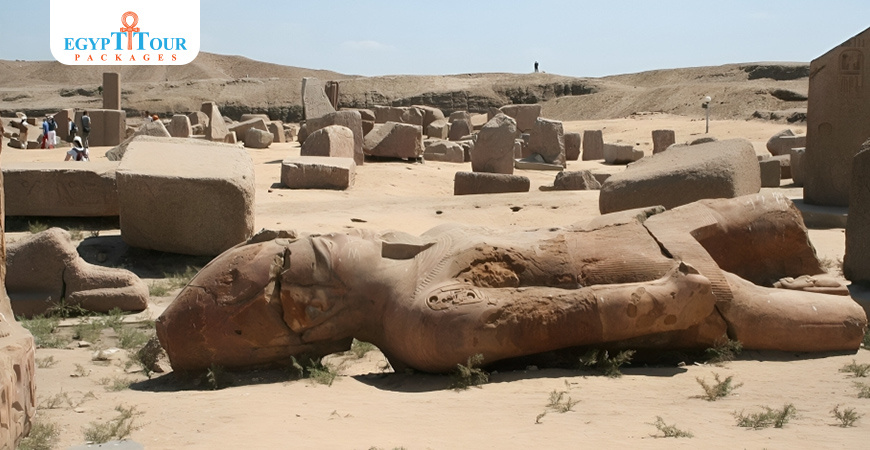


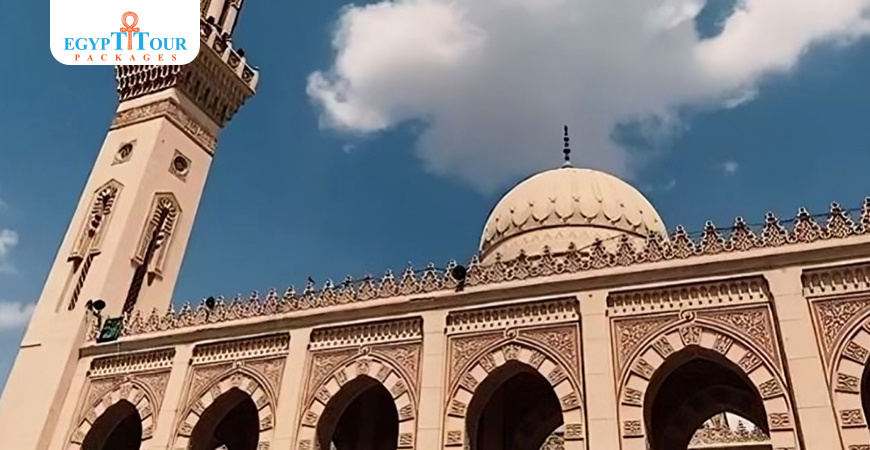


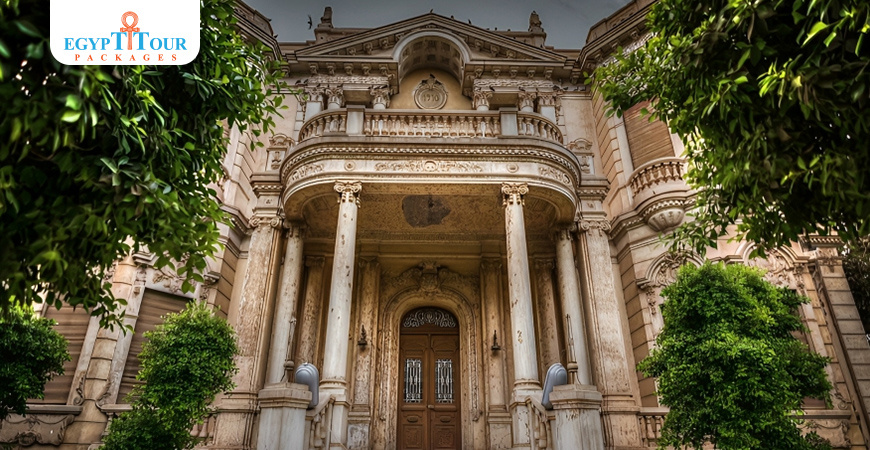
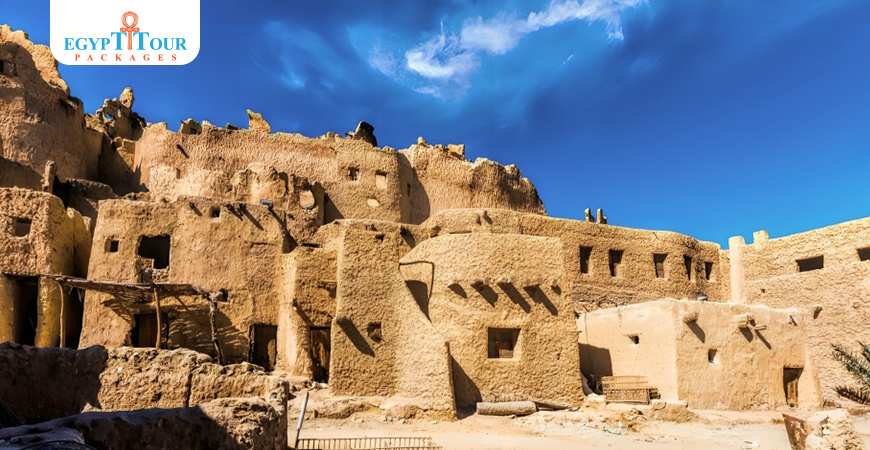
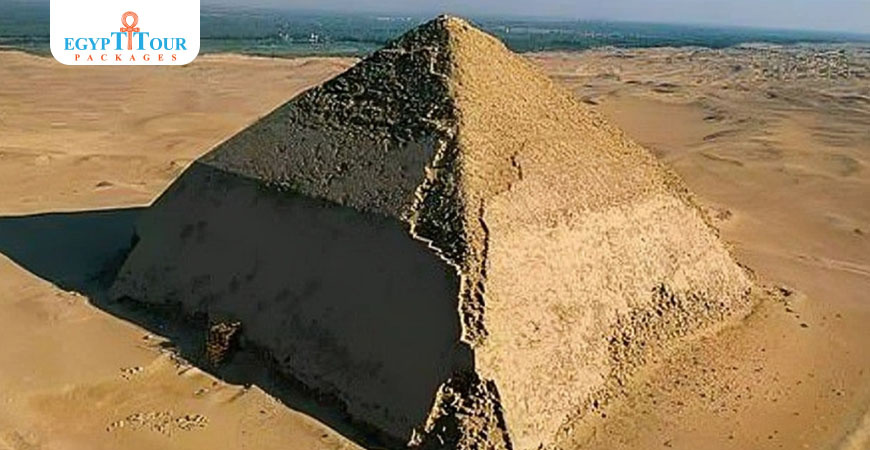
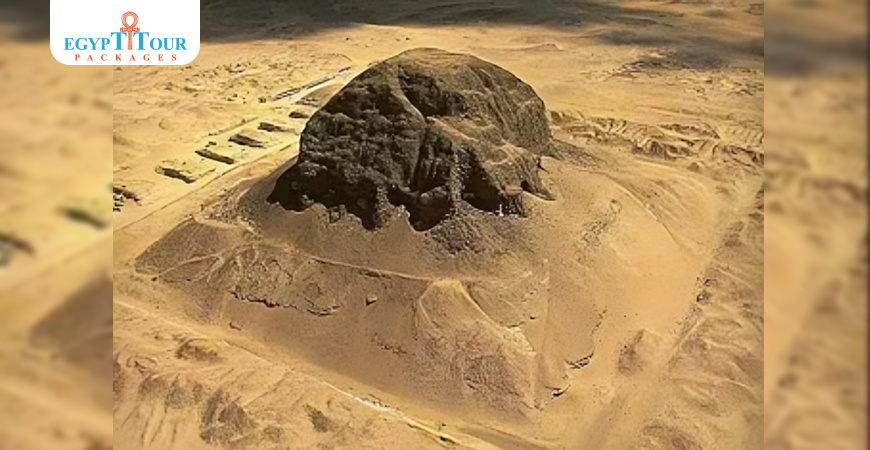
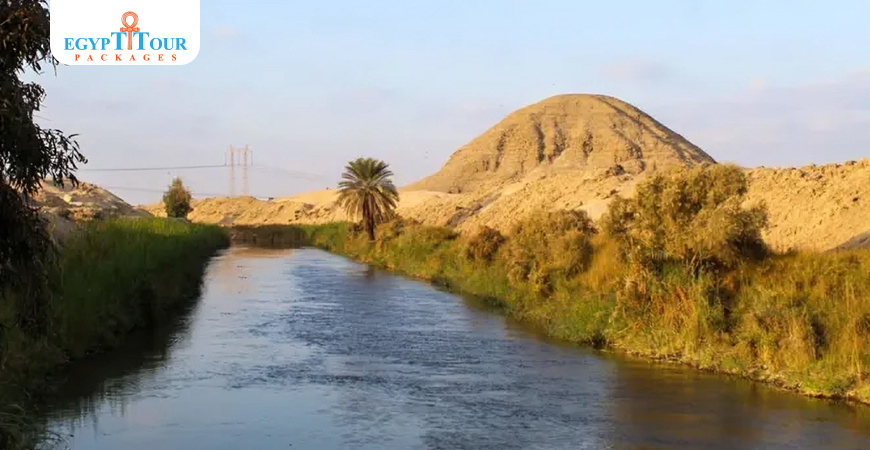


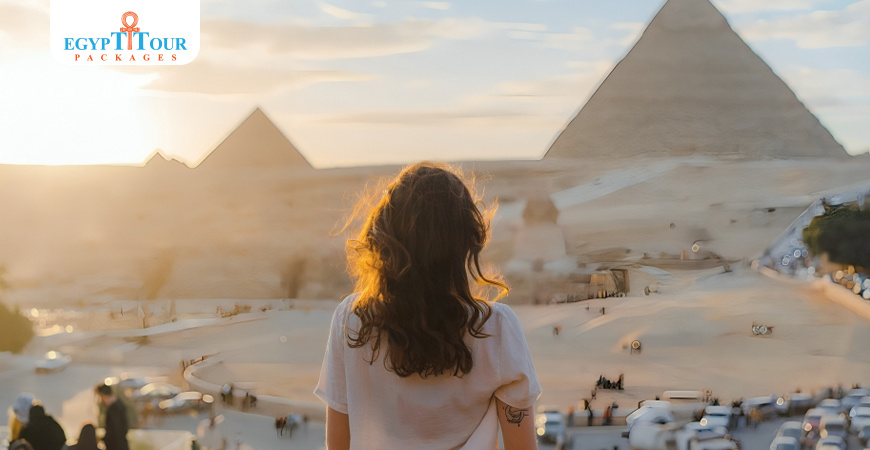
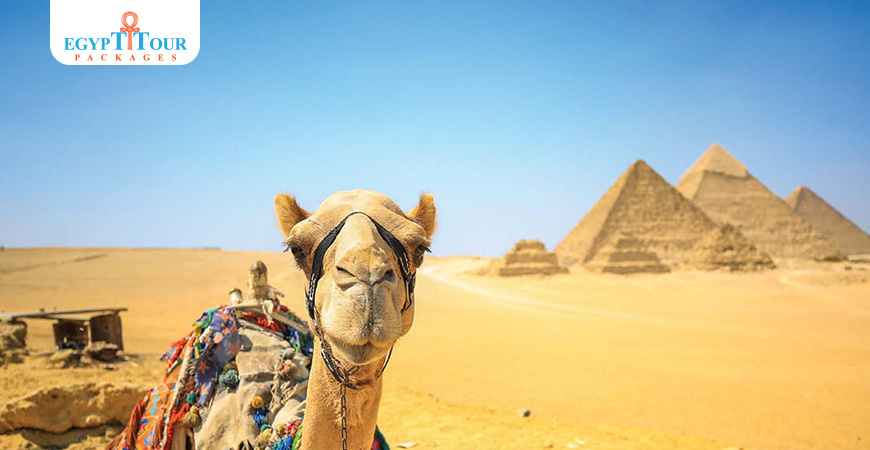











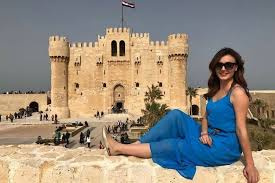

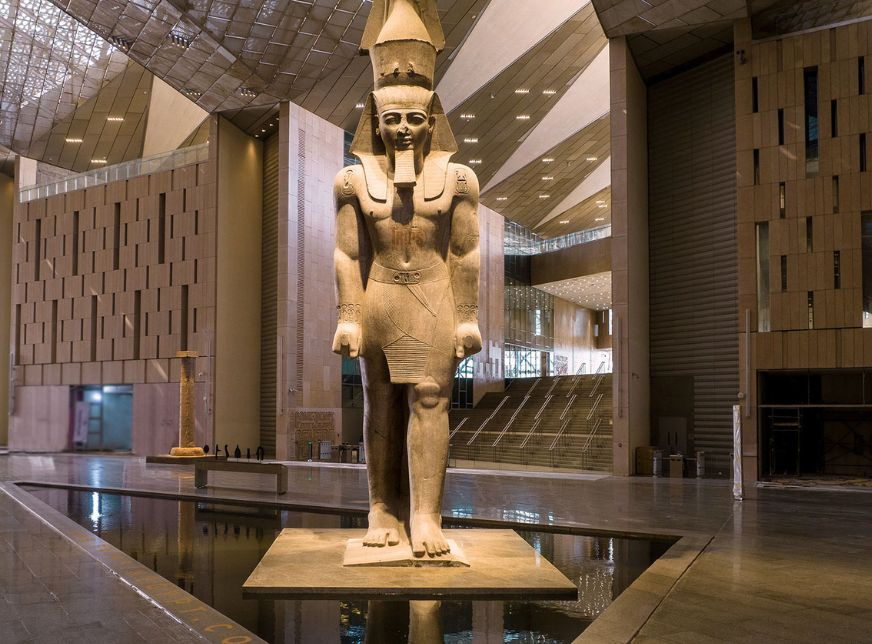

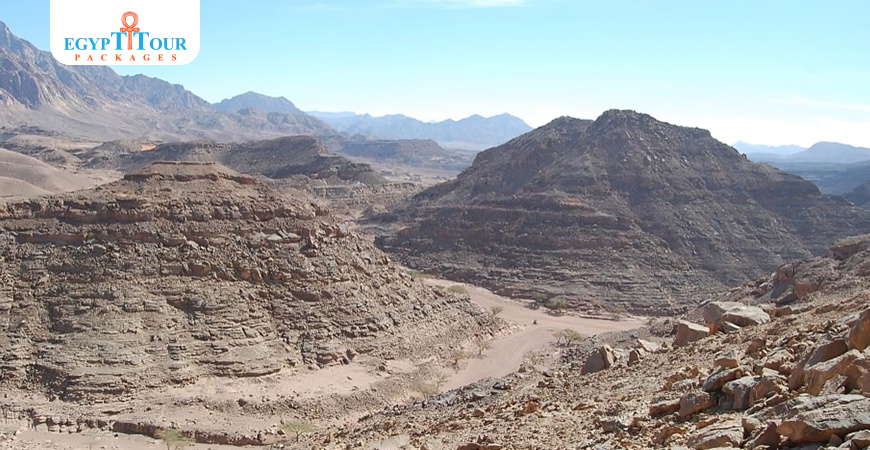





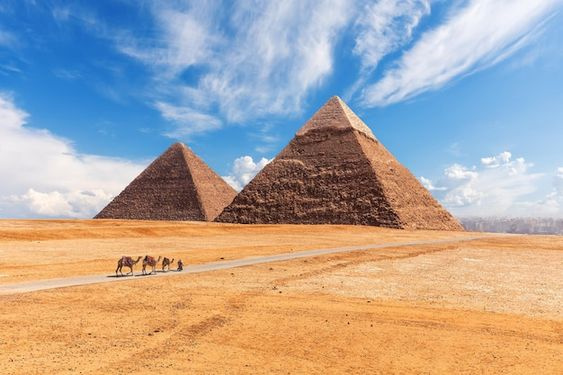
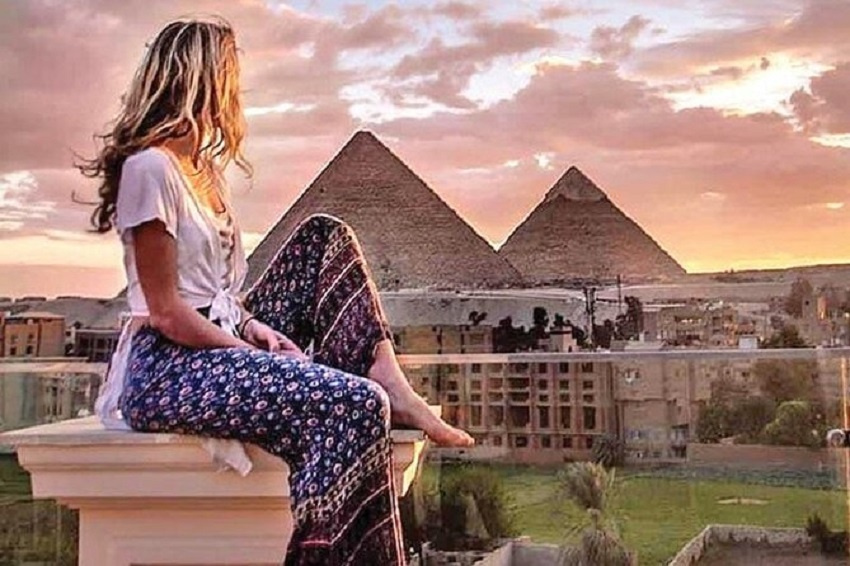


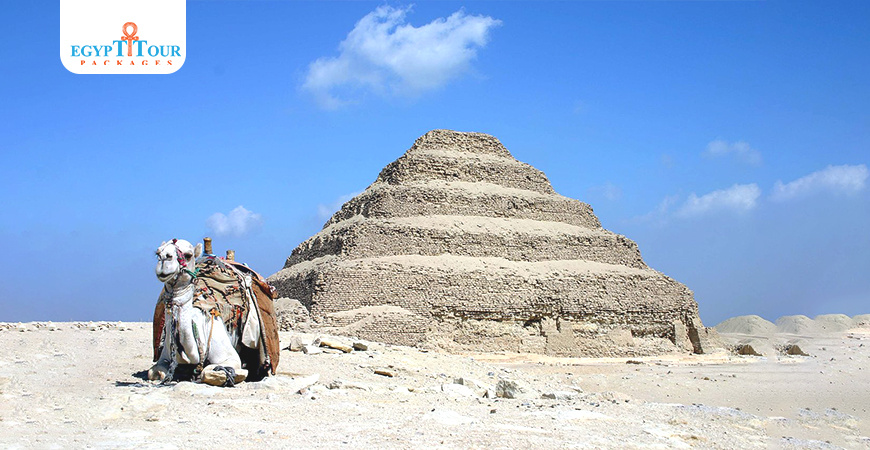

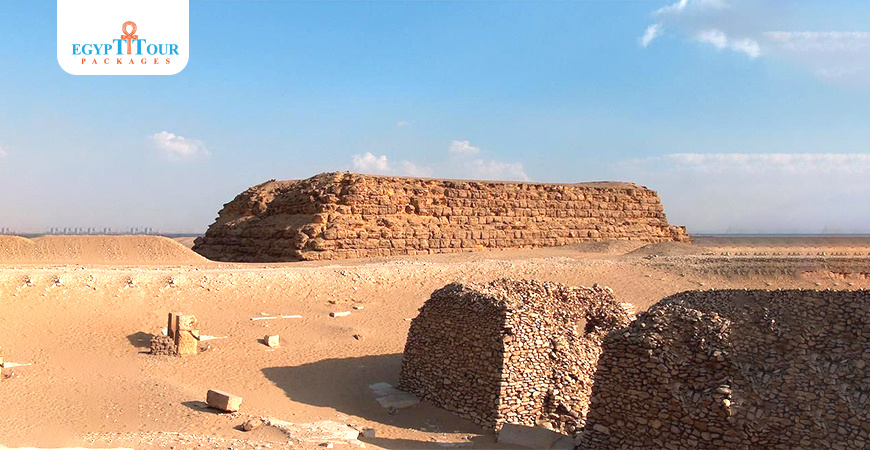
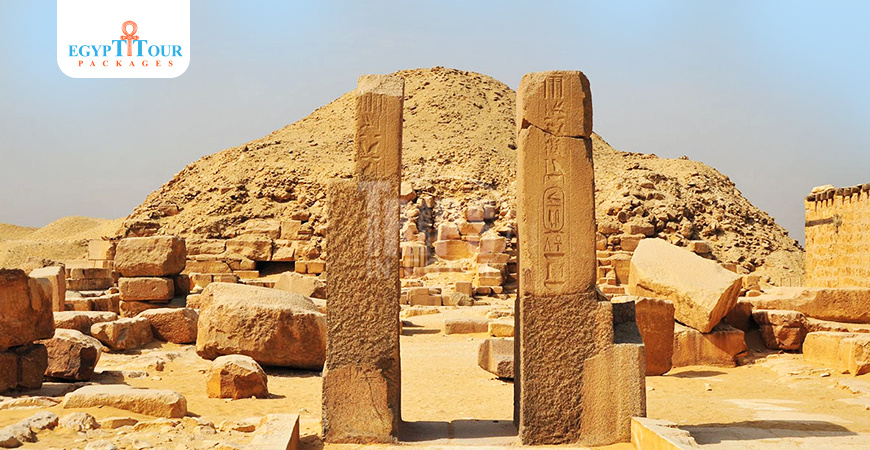

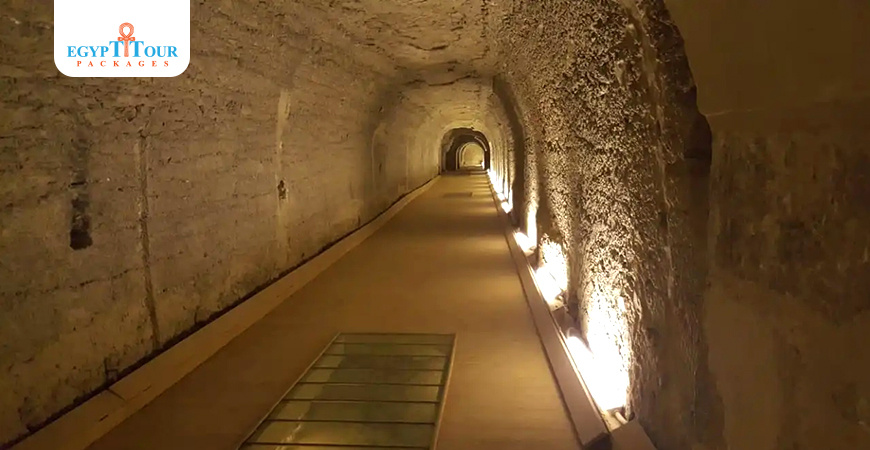
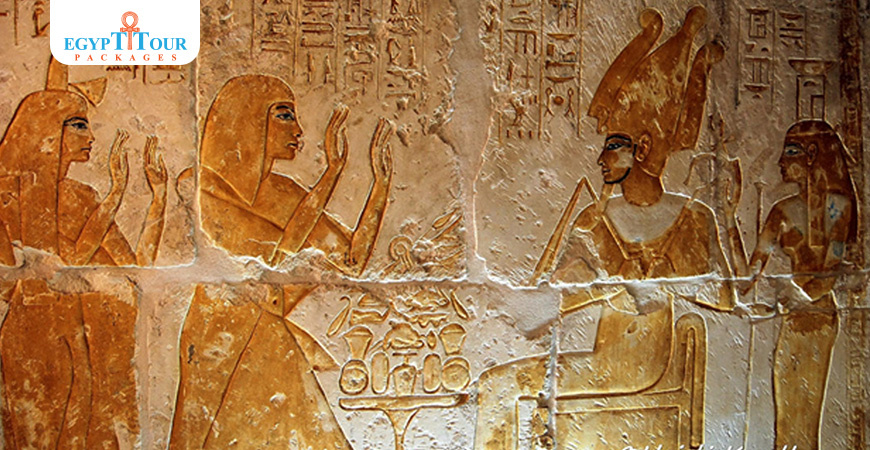
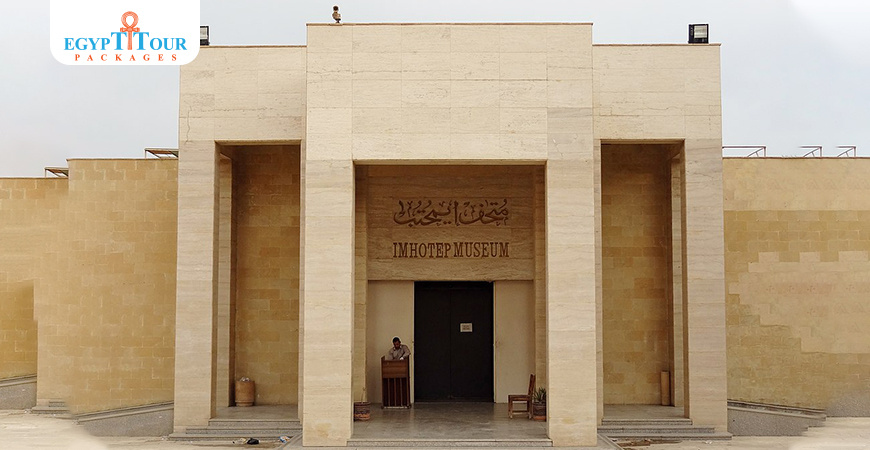

0 Comments